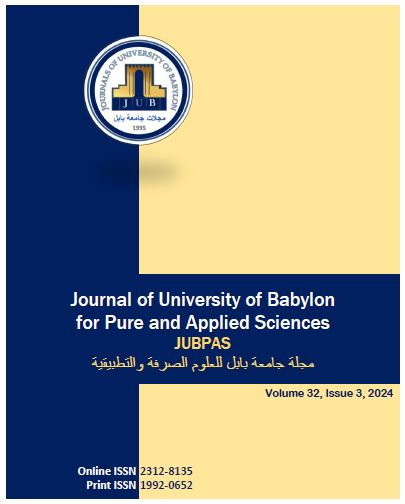Role of HTLV-1 Infection in Hematologic Cancer Patients In Hillah City, Iraq; Studying the Function of the tax/rex Gene in HTLV-1-Associated Chronic Myeloid Leukemia
Main Article Content
Abstract
Background: About 5-10 million people worldwide have HTLV-1, which causes ATLL, HAM/TSP, and inflammation. HTLV-1, first human retrovirus. HTLV-1's role in hematologic and non-hematologic cancers is uncertain.This study studied the prevalence of HTLV-1 infection in hematologic and non-hematologic malignancies and the role of Pol and tax/rex genes in cancer.
Materials and Methods: The study included 83 leukemia patients and 25 healthy people. Serological and molecular testing was done on 49 males and 59 women aged 20–80. Blood and serum from controls and patients were tested. Lab, clinical, and genetic tests indicated healthy Babylonian Iraqi 20–80-year-olds. Human genomic RNA was isolated from patient and control whole blood cultures. The US-developed Promega human genomic RNA extraction kit collected RNA and DNA from research participants and healthy controls' entire blood samples. GoTaq® 1-Step RT-qPCR enhances genes.
Results: Shows leukemia types and cases. ALL had 8, 9, 4, and 7, CML 64 (77.1%). Statistics on gender leukemia. Men outnumbered women in CML 37/83 (44.6%) to 27/83 (32.5%). Cancer is mostly male except ALL (4.8%) and CML (44.6%). Age and leukemia subtypes. Leukemia patients (82.1%) and controls (0.9%) had higher HTLV-1/Pol and Tax-Rex genotype frequencies than healthy people (P = 0.1, OR 2.1). Genes Pol and Tax-Rex induced CML. The study found 58.5% of CML patients received Pol and 23.6% Tax-Rex.
Conclusions: Tax/rex genes are supposed to suggest cancer connected with pol genes, hence there is a substantial correlation between this gene and chronic myeloid leukemia (CML) compared to healthy people.
Article Details
Issue
Section

This work is licensed under a Creative Commons Attribution 4.0 International License.
